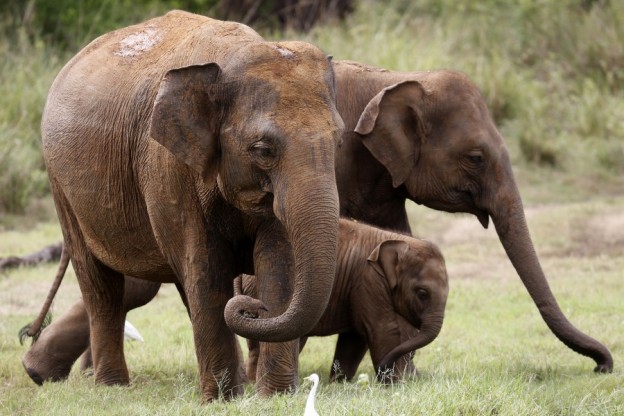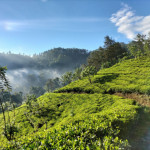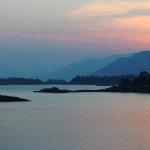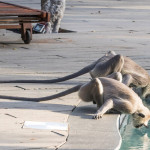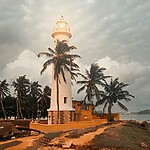Sri Lanka’s cultural heritage, cuisine and wildlife are among the reasons why the island is drawing growing numbers of visitors. To maximise what I could experience during an eight-day tour of the country I had the services of an experienced chauffeur-guide at my disposal.
Luxman greeted me at Colombo’s Bandaranaike International Airport and led me to the air-conditioned vehicle that we’d be touring in over the coming days.
I’m a fan of road trips and enjoy driving abroad. However, renting a vehicle and self-driving is the exception rather than the rule in Sri Lanka. Hiring a car with a driver is the norm.
A member of the team at Indian Odyssey, the tour operator that arranged my tailor-made itinerary, suggested that a chauffeur-guide would be a means of maximising insights into the island’s heritage while travelling.
Inevitably, a couple of concerns crossed my mind before I set off to Sri Lanka. What would happen if I didn’t get on with the driver? What if I wasn’t impressed by either his driving or guiding skills? I need not have worried, Luxman made a positive impression from start to finish. That said, I was provided with telephone numbers to call in case the driver did not meet my expectations.
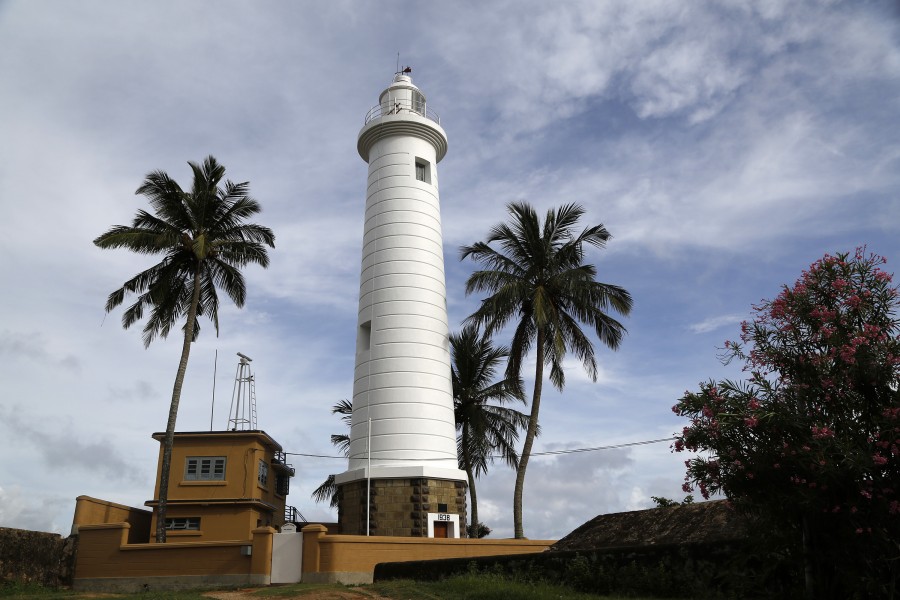
As soon as we headed into the heart of Colombo, Sri Lanka’s capital city, I saw why it’s best to have a driver. Rush hour was characterised by lane-hopping and the frequent use of horns. It would have been tricky for a newbie such as myself to read the flow of the road. I was glad to leave the driving to Luxman, who explained he’d been a professional driver and guide for more than two decades.
He dropped me at the Cinnamon Grand Colombo hotel and we agreed to meet in the lobby the next morning. He wasn’t abandoning me. I’d booked a walking tour of the city with a local guide, to gain an insider’s perspective of Colombo, whose historic Fort District has evolved into the country’s financial and business hub.
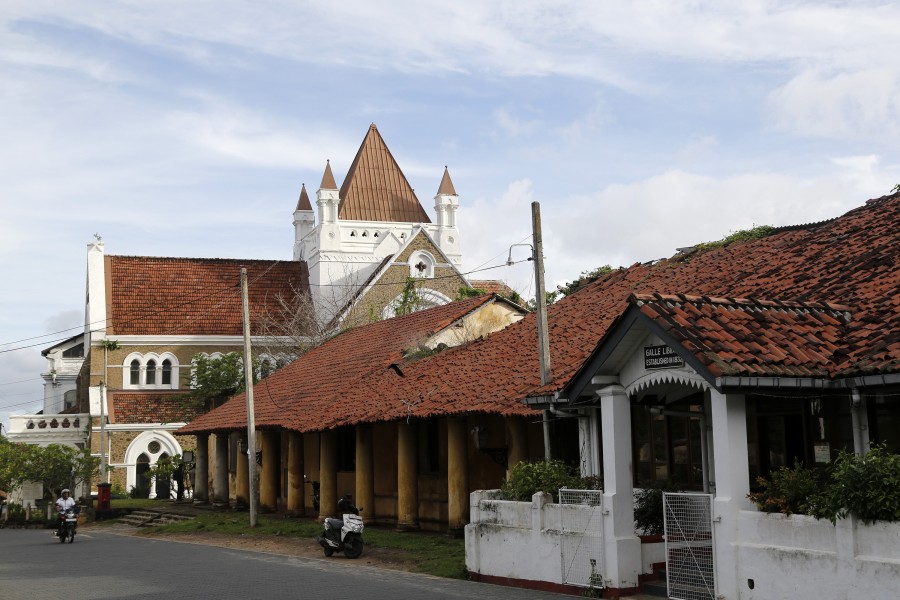
The Portuguese, Dutch and British all left their marks on Sri Lanka. One notable colonial legacy that typifies recent efforts to beautify the city is Colombo’s Dutch Hospital. The late-17th-century building has been preserved through a conversion into a shopping precinct with upscale stores and stylish restaurants.
Luxman explained how many tourists head straight to Sri Lanka’s beach resorts without so much as visiting Colombo. Surfing, particularly on the island’s south coast, is one of the country’s chief draws. So too are the sandy beaches. Negombo, roughly an hour’s drive north of downtown Colombo, is a coastal resort that is conveniently close to the island’s principal airport. He explained how many people stay there after arriving or before their flight home.
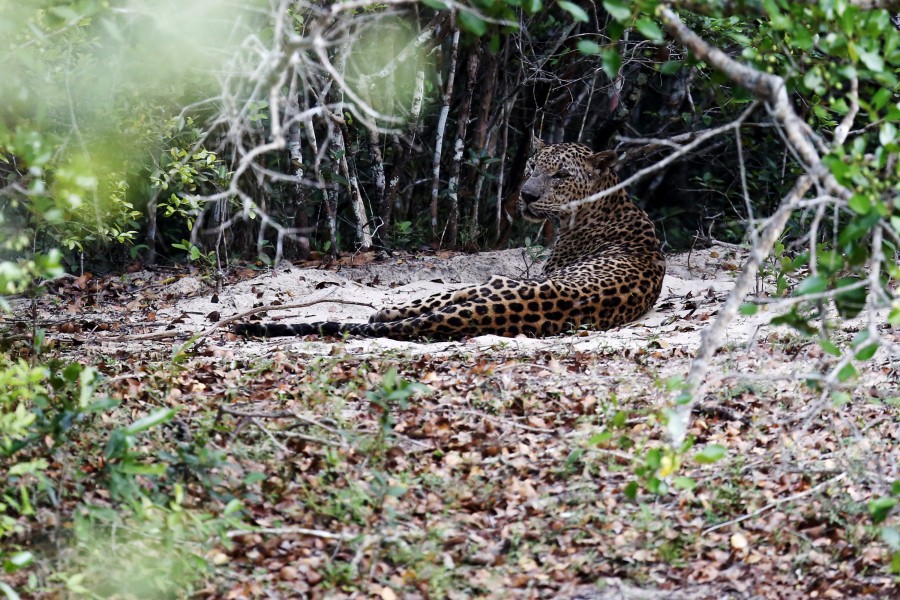
We paused at Negombo’s fish market on the way to Wilpattu National Park, the largest in Sri Lanka. The prospect of seeing leopards, sloth bears and birdlife draws wildlife lovers to Wilpattu, whose name is derived from the local name for the shallow lakes that speckle the sandy terrain.
My accommodation was in one of the luxury, air-conditioned tents operated by Leopard Trails. It was far removed from the camping that I experienced as a child. Multi-course meals and alcoholic drinks served in open-sided tents. My tent had a flush toilet and electricity.
Game drives, accompanied by a naturalist, departed from the resort early each morning and late in the afternoon. The drives coincided with the daylight times that wildlife was most active.
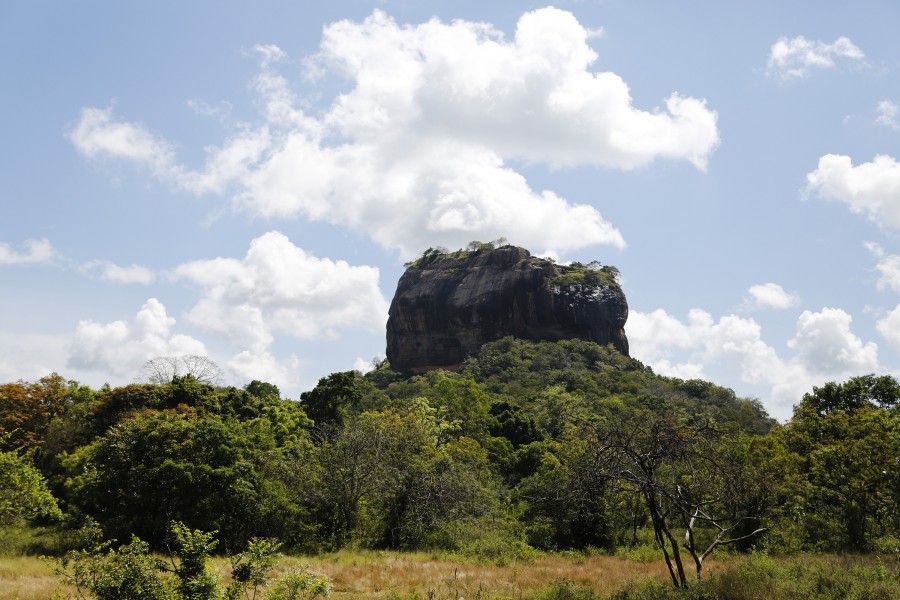
At Anuradhapura, Luxman explained the historical context of the rock carvings at the ancient Isurumuniya Temple and joined me for a stroll through the royal gardens, through which water flowed in its heyday.
He also climbed the narrow staircase leading to the top of Sigiriya, a fortress perched on top of a vast rock with outstanding views over the surrounding countryside. The fifth-century fortification is a UNESCO World Heritage Site. Colourful frescos depicting women are displayed in a gallery high on the rock face.
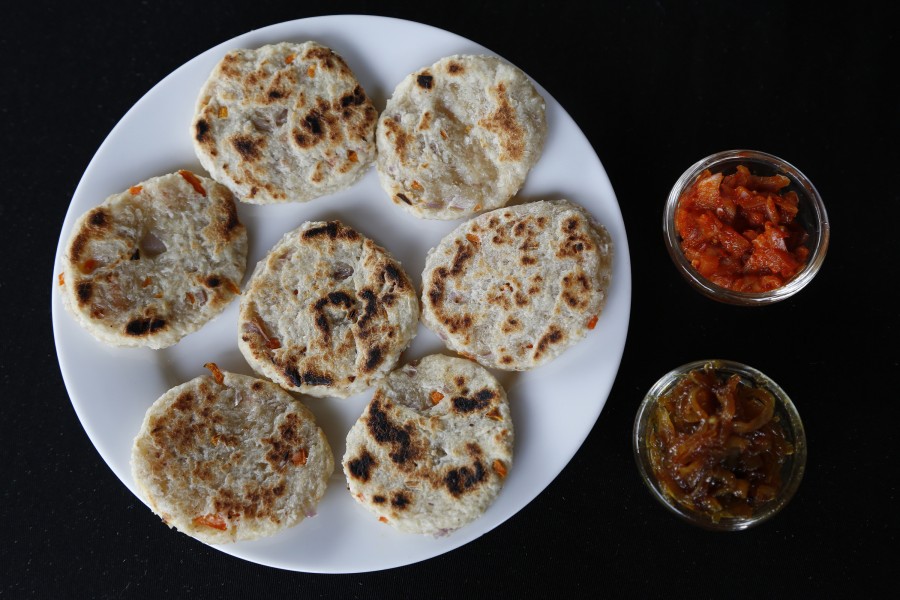
There were other benefits to having a chauffeur-guide. I learnt a lot about the country and its cultural heritage. Luxman chatted candidly about issues such as the political situation in Sri Lanka since the end of the civil war in 2009. Things have changed markedly in the country in the intervening years.
Additionally, I gained cross-cultural insights. Luxman reminded me that Sri Lankans expect travellers to dress modestly when anywhere but the beach. Entering a temple dressed in shorts and without covering the shoulders is frowned upon. So too are public displays of affection. If people are going to kiss and cuddle it’s best to do so in private.
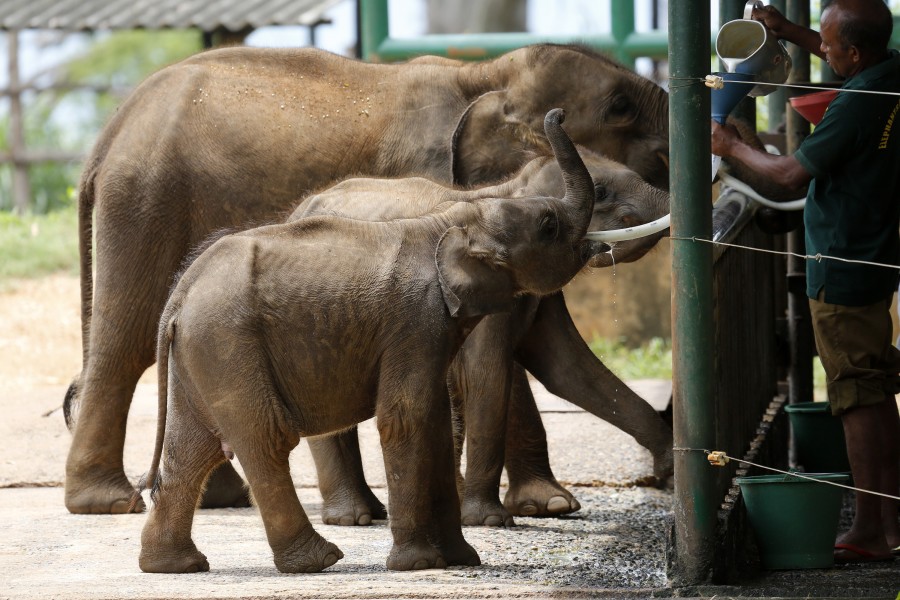
The value of having a chauffeur-guide with local contacts came into its own as we neared Minneriya National Park. Aware of my keen interest in wildlife and desire to photograph Asian elephants, Luxman arranges for an off-road vehicle to pick us up for a two-hour game drive. The experience also brought opportunities to photograph a jackal and herd of water buffalo.
He also asked if I’d be interested in a pause at the Elephant Transit Home in Udawalawe National Park. Orphaned elephants are fed there every three hours as part of a programme aimed at getting the creatures ready for release back into the wild. Paying tourists are welcomed into a grandstand at the camp, where it is possible to watch and photograph feeding sessions.
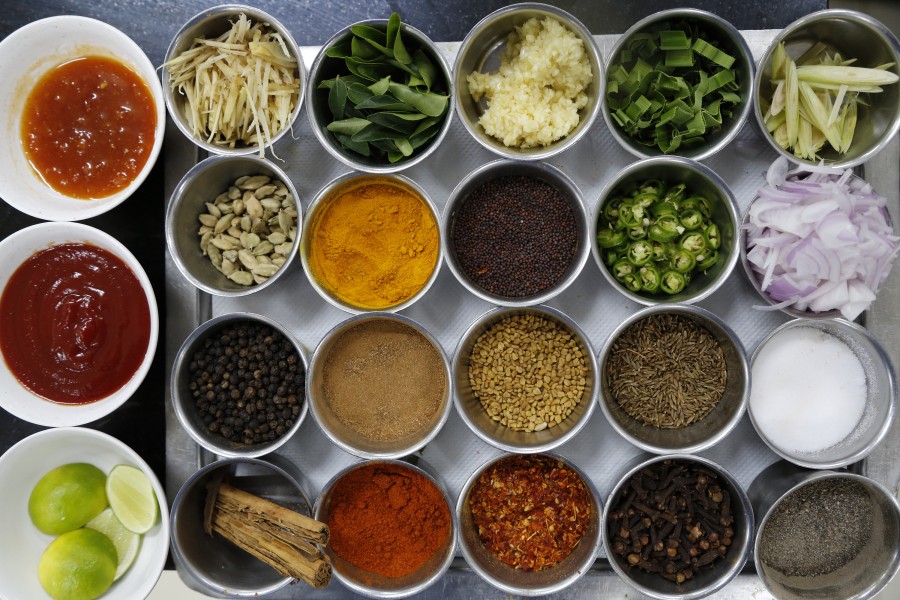
Among the highlights of my visit to Sri Lanka were the mealtimes and opportunities to taste the island’s traditional cuisine. Sunanda Kumar, the executive chef of the Cinnamon Lodge Habarana, explained that Sri Lankan cuisine makes generous use of spices. He provided a one-to-one cooking demonstration in his kitchen. His creations were packed with flavour and markedly less hot than some of the chilli-laced dishes I’ve tasted in India.
I knew that my visit would not be long enough to experience everything that Sri Lanka has to offer travellers. Having just eight days at my disposal meant having to forgo a visit to Polonnaruwa, the island’s former capital and UNESCO World Site, It is one of the attractions in Sri Lanka’s Cultural Triangle. We passed through another of those, Dambulla, whose cave temple hold sculptures of Buddha and Hindu deities, on our way towards Kandy.
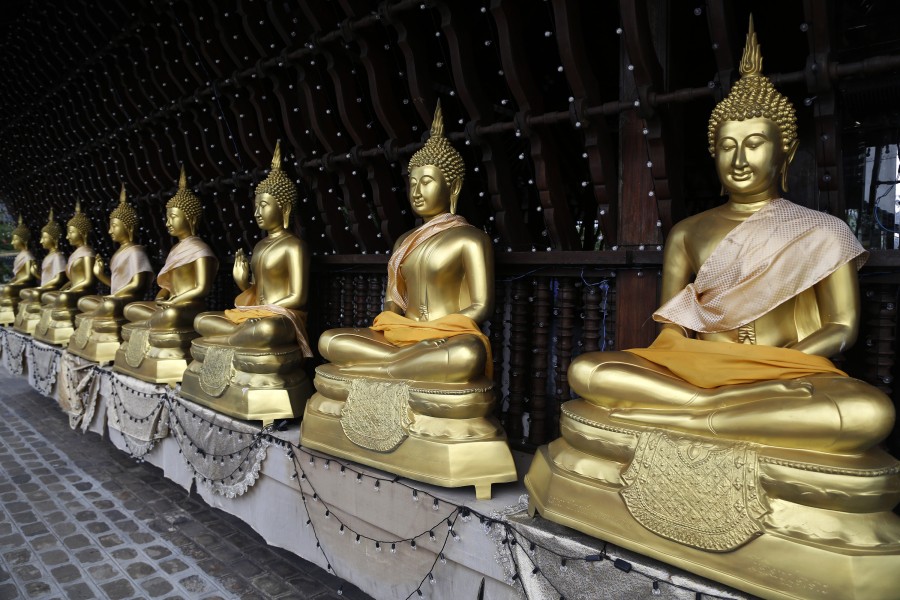
Luxman escorted me to the Temple of the Tooth in Kandy, which is reputed to hold a tooth from Siddharta Gautama, the founder of Buddhism. Prior to departing the city, I strolled in Kandy’s Royal Botanical Gardens, whose trees provided habitat to bonnet macaques and flying foxes. Visiting the orchid house and viewing the colourful flowers was one of the highlights of my visit.
My final night in Sri Lanka was spent in a spacious villa on the Kahanda Kanda resort, set on a low altitude tea estate close to Galle. The cricket stadium outside of the walled city is used to host Test matches. As we stood on the fortified gateway overlooking the ground, Luxman described the widespread damage wrought by the Boxing Day tsunami of 2004.
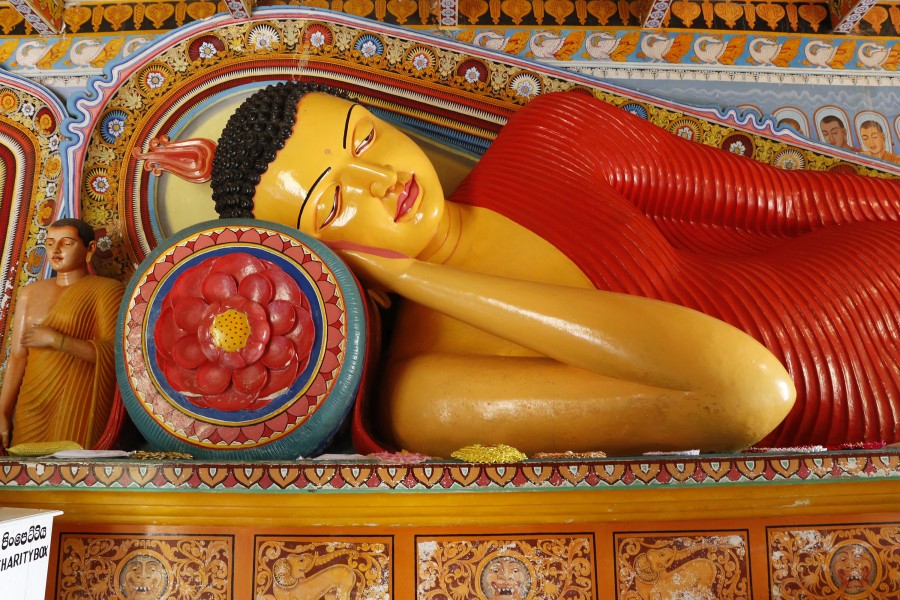
Sri Lanka proved an attractive place to explore. I’d recommend at least a fortnight, ideally longer, to explore the island. Would I recommend engaging the services of a chauffeur-guide? Based on this experience the answer is a firm yes.
Tell me more about visiting Sri Lanka
Stuart travelled with Indian Odyssey, a UK-based tour operator specialising in bespoke holidays to Sri Lanka, India, Bhutan, Nepal, Myanmar and the Maldives. The team has personally tested the accommodation and excursions and can create inspiring, tailor-made privately guided tours and bespoke holidays. Prices start at £1,895 per person for a seven-night trip to Sri Lanka, including return flights from the UK, accommodation in boutique hotels, a personal driver and a tailored itinerary for each guest.
The www.srilanka.travel website has information about things to do and see on the island.
SriLankan Airlines operates direct flights between London Heathrow to Colombo’s Bandaranaike International Airport.

